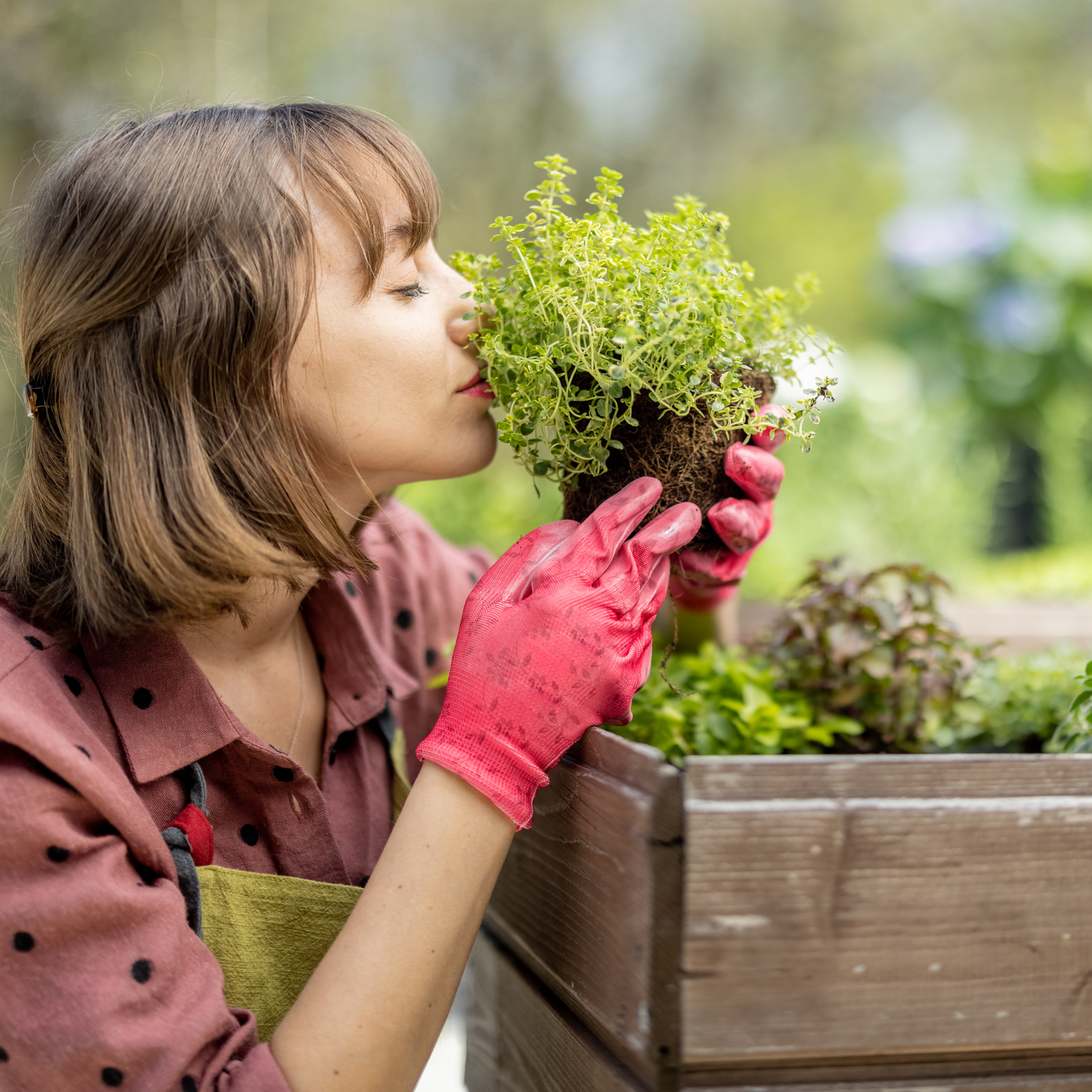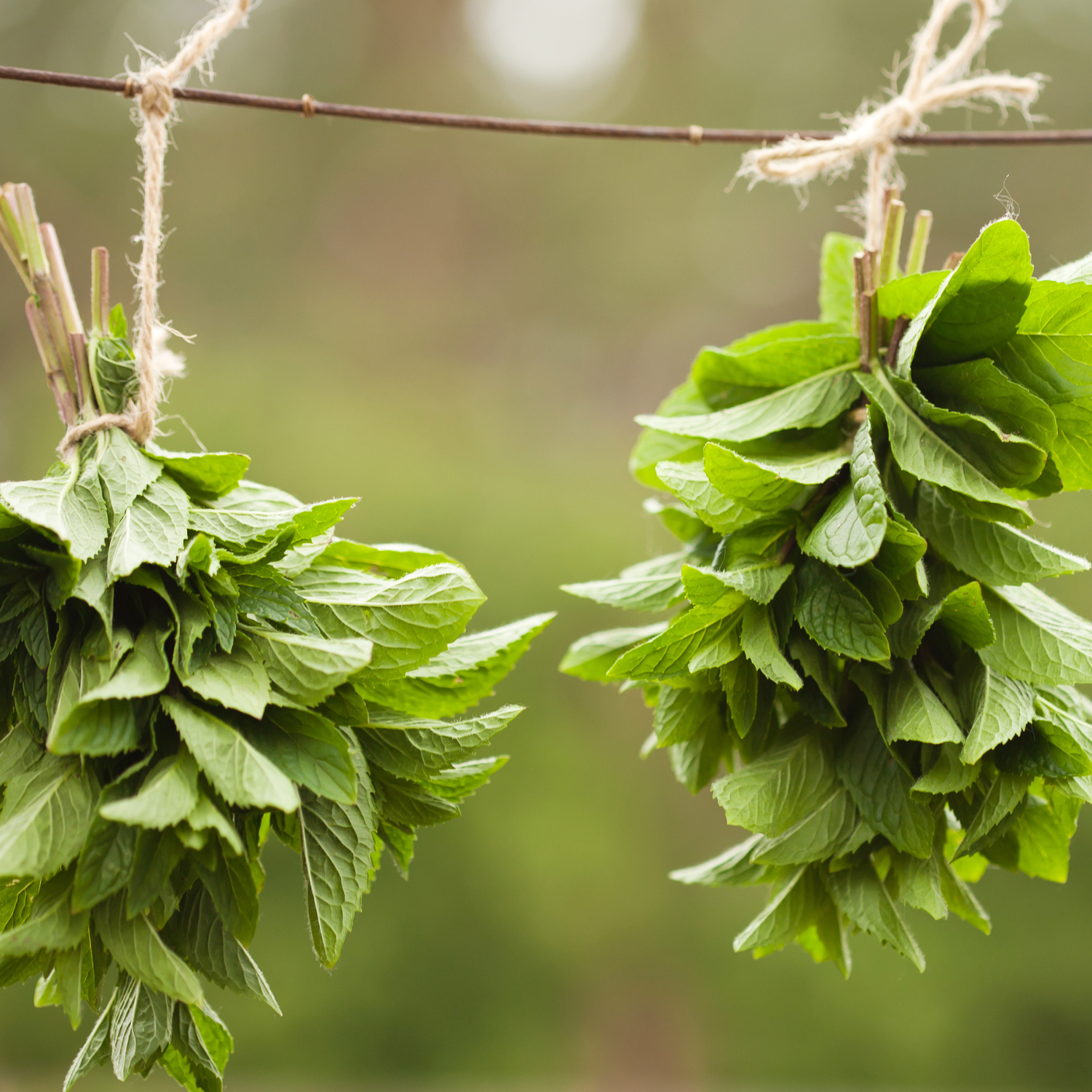If you're someone who is concerned about the safety of the food you eat, growing your own produce can be a great solution. By doing so, you can have complete control over the entire process, from seed to plate, and ensure that the food you and your family consume is fresh, healthy, and safe. In this article, we'll discuss the benefits of growing your own food, how to get started, and some tips for maintaining a successful home garden.
Benefits of Growing Your Own Food
Increased Food Safety
One of the biggest benefits of growing your own food is the increased level of food safety you can achieve. When you grow your own produce, you know exactly what has gone into the process, including the quality of the soil, the type of seeds used, and the pesticides or fertilizers applied. This can give you peace of mind knowing that your food is free from harmful chemicals or contaminants.
Improved Nutrition
Another benefit of growing your own food is the improved nutrition you can enjoy. Freshly harvested fruits and vegetables are packed with nutrients that can deteriorate over time, especially during shipping and storage. By growing your own produce, you can ensure that you're consuming the freshest and most nutrient-rich food possible.
Cost Savings
Growing your own food can also be a cost-effective way to eat healthier. Depending on the size of your garden and the types of produce you grow, you can save money on groceries and even preserve excess food for future use. Plus, you'll have access to seasonal, locally grown produce that can be more expensive or difficult to find in grocery stores.
Getting Started with Home Gardening
Choose the Right Location
When planning your home garden, the first step is to choose the right location. Ideally, your garden should receive at least six hours of direct sunlight each day and have access to water. You should also consider the quality of the soil and whether you need to make any amendments to ensure healthy plant growth.
Decide What to Grow
Once you've chosen your garden location, it's time to decide what to grow. Consider your family's dietary needs and preferences, as well as the climate and growing season in your area. Some easy-to-grow options for beginners include tomatoes, lettuce, peppers, and herbs.
Start with Seedlings or Seeds
When starting your garden, you can either plant seedlings or seeds directly in the ground. Seedlings are young plants that have already started growing and can be transplanted into your garden. Seeds, on the other hand, must be planted directly in the soil and allowed to germinate.
Maintain Your Garden
To ensure a successful home garden, it's important to maintain it properly. This includes watering your plants regularly, fertilizing as needed, and keeping weeds and pests under control. You should also be aware of any potential issues, such as diseases or pests, and take steps to prevent or address them as needed.
Tips for Home Gardening Success
Start Small
If you're new to gardening, it's a good idea to start small and work your way up. This can help you learn the basics of gardening without feeling overwhelmed. Once you've gained some experience and confidence, you can expand your garden and try growing more challenging plants.
Be Patient
Growing a garden takes time and patience. Don't expect to see results overnight, as plants can take weeks or even months to grow and produce fruit. Be consistent with your care and give your plants the time they need to mature and thrive.
Learn from Your Mistakes
Not every plant you grow will be successful, and that's okay. Use any failures or mistakes as an opportunity to learn and improve your gardening skills. Consider keeping a gardening journal to track your progress




Dejar un comentario
Este sitio está protegido por hCaptcha y se aplican la Política de privacidad de hCaptcha y los Términos del servicio.